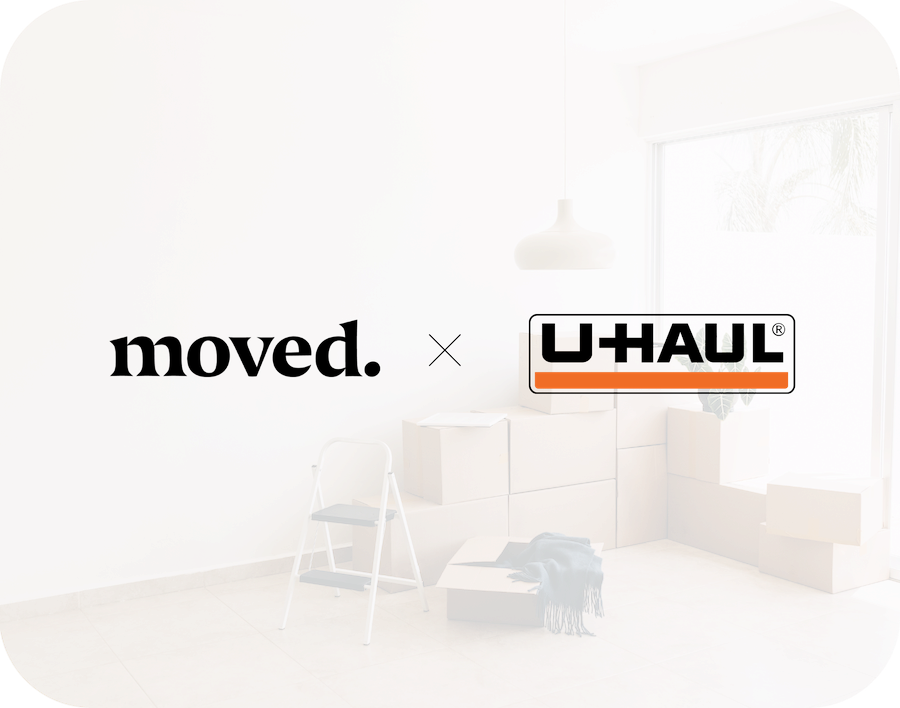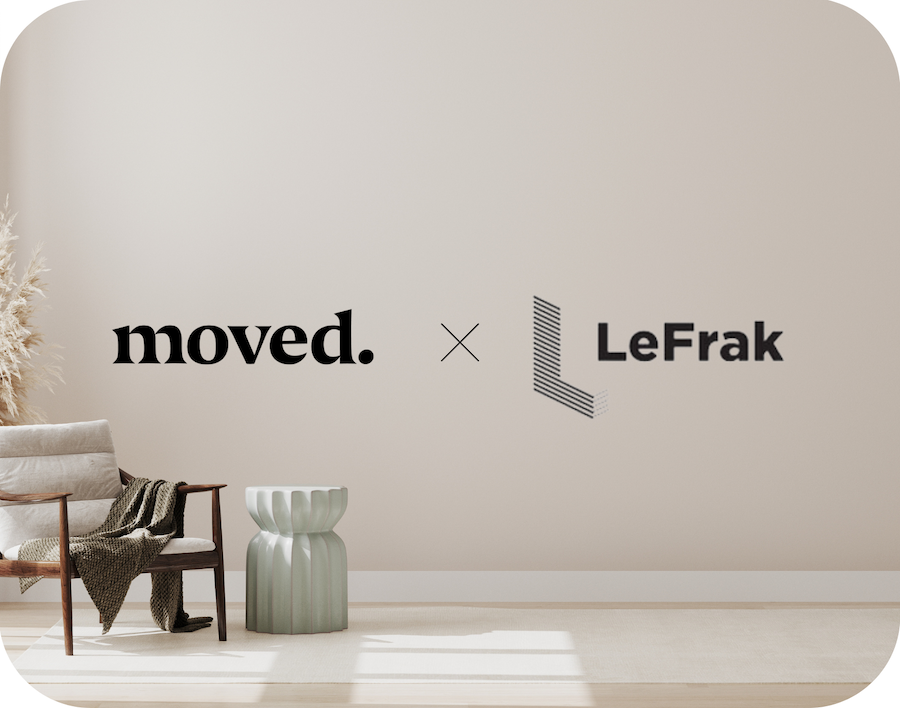To effectively decide whether or not to buy moving insurance, you need to first understand what moving insurance options are available to you.
Moving Companies
Moving companies are required by Federal law to provide you with two liability coverage options, referred to as “valuation” options. Note there is a difference here between valuation, which is regulated by the FMSCA and insurance, which is separate liability coverage offered by third-party companies and regulated by the state.
The two valuation options are:
-
Released Value Protection (also referred to as minimal or declared value protection) — The moving company is liable for the total weight of your goods multiplied by 60 cents. So if your $300, 20-pound TV is damaged, the moving company is responsible for only $12. I’m sure you can see the limitations here! Understandably, this option is free and included in the moving contract.
-
Full Value Protection — The moving company is liable for the full value of your goods. If something is damaged, destroyed or lost, they will either repair the item, replace it with a same-value item, or reimburse you the cost of repairing/replacing the item. Note the “same-value” stipulation here: e.g. if your 2-year-old dryer is destroyed, you will get another 2-year-old dryer, not a new one. And Full Value protection does not cover anything worth more than $100/lb (jewelry, antiques, etc.) unless you specifically mention these items to the moving company. Prices for this option vary by moving company, and you’re usually required to purchase a minimum amount of coverage.
Homeowners/Renters Insurance
Homeowners and renters insurance will not help you much. During a move, personal items are typically only protected in case of theft. So if you drop and break a couch on your way out the door, it’s most likely not going to be covered. Some insurance policies will also partially cover damages that occur during transit, but usually only a paltry 10% of their value.
And don’t forget about the deductible, which still applies during moves. If something is stolen, but you haven’t met your deductible, you’re not going to get full coverage.
Other Options
You can talk to your homeowners/renters insurance agent about extending coverage with one of the following options, or purchase them through moving companies or third-party insurance companies.
-
Valued Inventory: You purchase coverage based on the value of your goods. Usually purchased in large chunks, e.g. multiples of $1000.
-
Transit Insurance: For damages that occur in the truck. This is a popular option, as most moving companies’ basic options donot cover this.
-
Total-Loss Coverage: For “acts-of-God”, e.g. fires, floods, freak asteroid strikes, etc. This option is all or nothing, and does not cover individual items.
-
Pairs and Sets Coverage: For items that can only be purchased together, e.g. a vanity mirror/cabinet set.
-
Mechanical and Electrical Derangement: Would cover, for example, a TV that looks fine on the outside but hasn’t worked since the move.
Takeaway
If you don’t have a lot of expensive things, you probably don’t need insurance. Just be careful with your stuff! And if you’re using a moving company, remember you get their basic coverage option free-of-charge.
If you have many special or expensive things, however, like jewelry, china-ware, antiques, electronics, etc., you’re likely better off purchasing extra insurance coverage, as neither moving companies nor your homeowners/renters insurance will offer much protection.
And if you feel you’re between the two options just mentioned — go with your gut!
Thanks for reading! If you liked this post, please recommend or share it with others. 🙂
Want to talk? Connect with Moved on Facebook, Twitter, and Instagram!

















